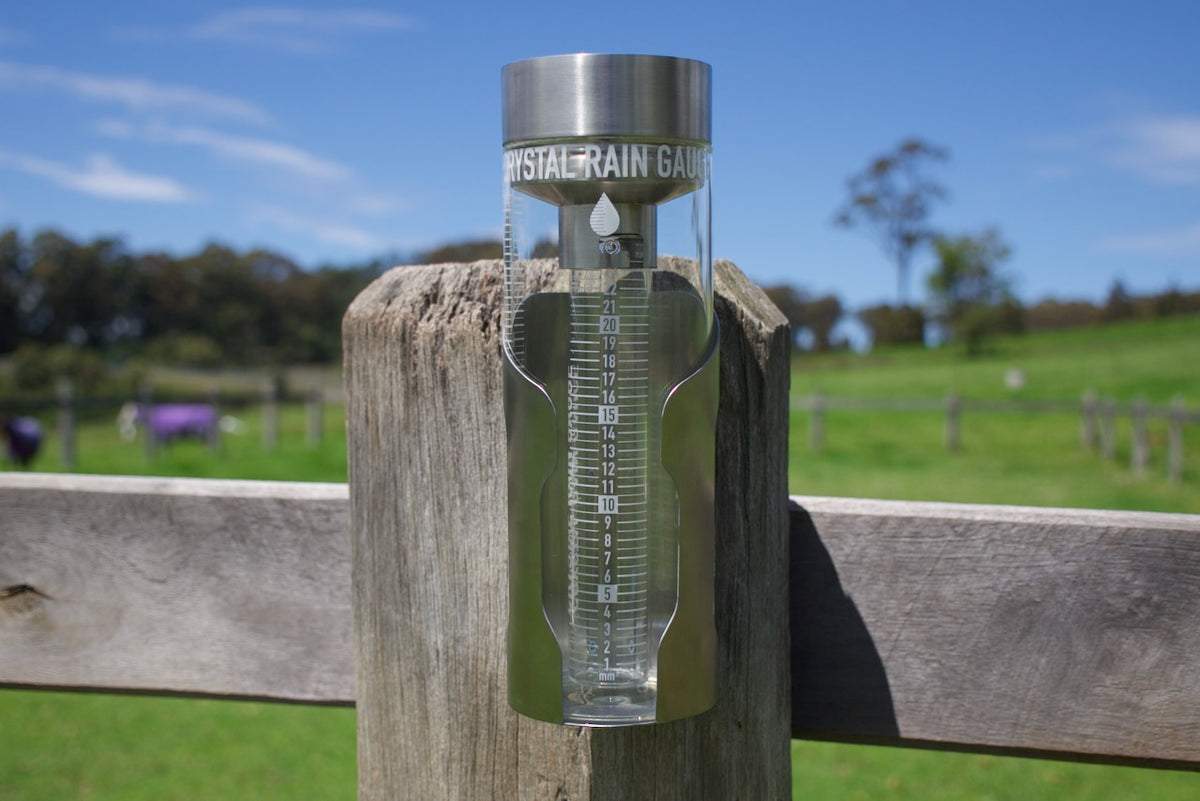Discover the Best Rain Gauge for Accurate Weather Measurement and Projecting
Discover the Best Rain Gauge for Accurate Weather Measurement and Projecting
Blog Article
Unveiling the Scientific Research Behind Rain Determines: Just How These Tools Play a Crucial Duty in Climate Research and Environmental Surveillance
Rain evaluates, relatively easy gadgets, hold a profound significance in the realm of climate research and environmental surveillance. As we peel off back the layers of this scientific shroud surrounding rainfall assesses, we discover a world where precision, data precision, and thorough monitoring converge to unveil a much deeper understanding of our transforming environment and its impact on the planet.
Significance of Rain Scales
Rain gauges play an important function in tracking and determining rainfall degrees, giving important data for climate research study and analysis. These devices are fundamental in quantifying the amount of rainfall that happens in a details location over a certain duration. By determining and gathering rainwater, rain determines offer useful understandings into the circulation and intensity of rainfall, helping meteorologists, hydrologists, and climatologists in understanding climate patterns and patterns.
Furthermore, long-lasting information accumulated from rainfall gauges helps in examining environment change effects and patterns, contributing considerably to scientific research study and decision-making processes. In essence, rain assesses serve as necessary devices in the area of weather forecasting and ecological scientific research, playing an essential duty in progressing our understanding of climate and environment characteristics.
Kinds of Rainfall Gauges

Performance and Operation
In the realm of climate study and atmospheric studies, the effectiveness of rainfall determines lies in their detailed capability and exact functional mechanisms. Rainfall assesses are developed to properly determine the amount of precipitation that falls over a specific location during a collection period.
The performance of rainfall gauges is based upon the principle of determining and accumulating rain in a standard fashion. This collected data is important for recognizing neighborhood climate patterns, tracking lasting climate fads, and evaluating ecological influences. To guarantee exact measurements, rain assesses need to be tactically positioned in open locations away from obstructions such as structures or trees that could disrupt the collection process.
The functional aspect of rainfall gauges involves routine upkeep to stop particles buildup, calibration checks to maintain measurement precision, and information videotaping for analysis (rain gauge). Generally, the functionality and operation of rain gauges are crucial for gathering reputable rainfall information vital to climate study and ecological tracking
Duty in Environment Study
Provided the essential relevance of exact rainfall dimensions in comprehending weather condition patterns and ecological effects, the function of rain evaluates in climate research is essential. Rain gauges offer vital data for climate research by evaluating the quantity of rainfall that tips over a certain area during a given period. This data is essential for checking long-term trends in rainfall patterns, analyzing the effect of climate change on rains distribution, and improving climate models.

Environment scientists utilize information accumulated from rainfall gauges to examine variations in rainfall levels, recognize regional environment trends, and examine the effectiveness of water source management approaches. By comparing historic precipitation information with current dimensions, scientists can detect changes in precipitation patterns, such as modifications in the regularity or intensity of rains events. This info is vital for comprehending how environment change is affecting precipitation dynamics and can aid policymakers make informed choices pertaining to adaptation and reduction strategies.
Applications in Ecological Tracking

In flooding projecting, rain gauge data aids to track rains intensity and distribution, permitting authorities to release prompt warnings and take necessary measures to alleviate flooding dangers (rain gauge). Drought tracking depends on rainfall gauge information to examine wetness levels in the dirt and track precipitation deficits, assisting in the recognition of drought-prone areas and the implementation of dry spell reaction strategies
Moreover, rainfall gauge data plays a vital duty in water resource monitoring by supplying information on water schedule and use trends. This information is utilized to make informed choices concerning water allocation, preservation steps, and sustainable water source planning. In addition, in agriculture, rainfall gauge data aids farmers in enhancing irrigation routines, crop choice, and total ranch monitoring methods based upon local rainfall patterns. In general, rain evaluates are indispensable devices in ecological monitoring, using valuable insights that add to informed decision-making and sustainable source monitoring.
Verdict
Finally, rainfall determines are essential devices for gauging rainfall, giving beneficial data for environment research study and environmental site surveillance. With numerous kinds and capabilities, rainfall assesses play an essential role in understanding rainfall patterns and their influence on the setting. visit the website By properly determining rainfall, these devices add to the advancement of clinical understanding and assistance in making informed choices relevant to water resource management and disaster readiness.
Rain evaluates play an important role in monitoring and gauging precipitation levels, giving crucial data for climate study and evaluation. The conventional rain scale, understood as the "tipping bucket" scale, is one of the most frequently utilized devices. Ultrasonic rainfall evaluates use audio waves to find the existence of rainfall, supplying real-time data on rainfall levels.Environment scientists utilize information collected from rainfall evaluates to analyze variants in precipitation degrees, identify local climate trends, and evaluate the efficiency of water resource administration strategies.In final thought, rainfall assesses are essential devices for measuring precipitation, giving useful information for climate study and environmental surveillance.
Report this page